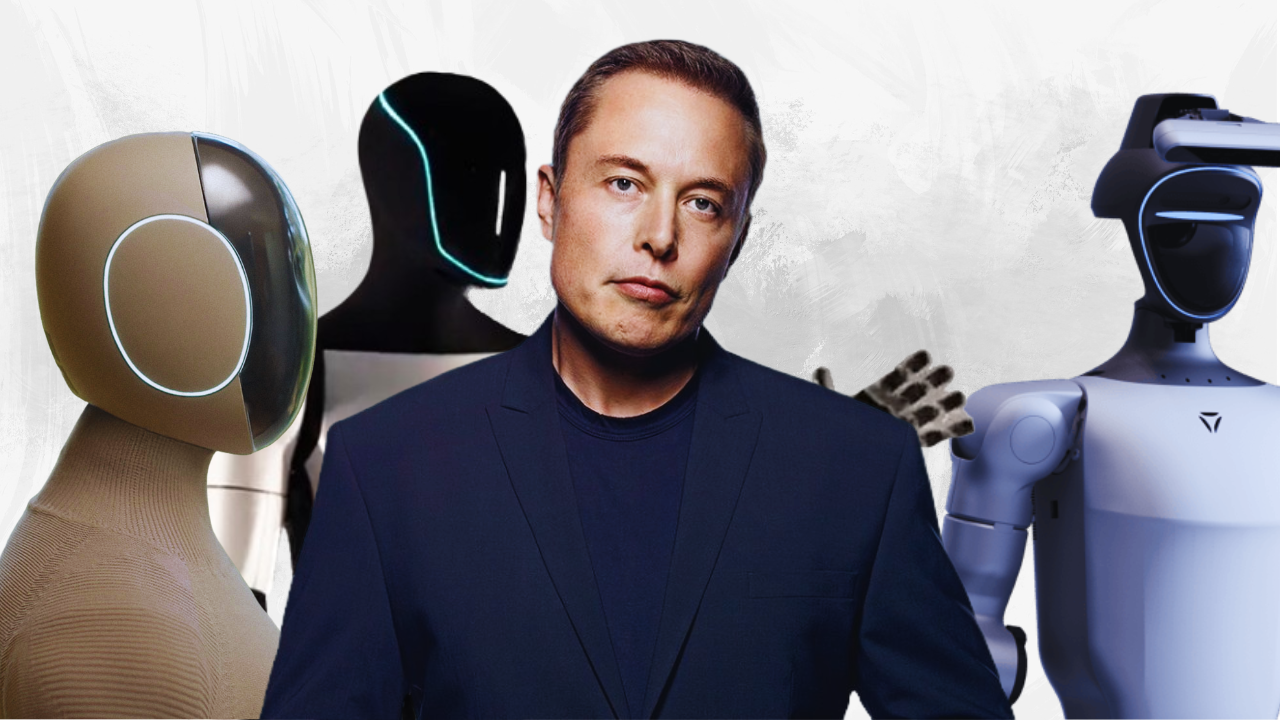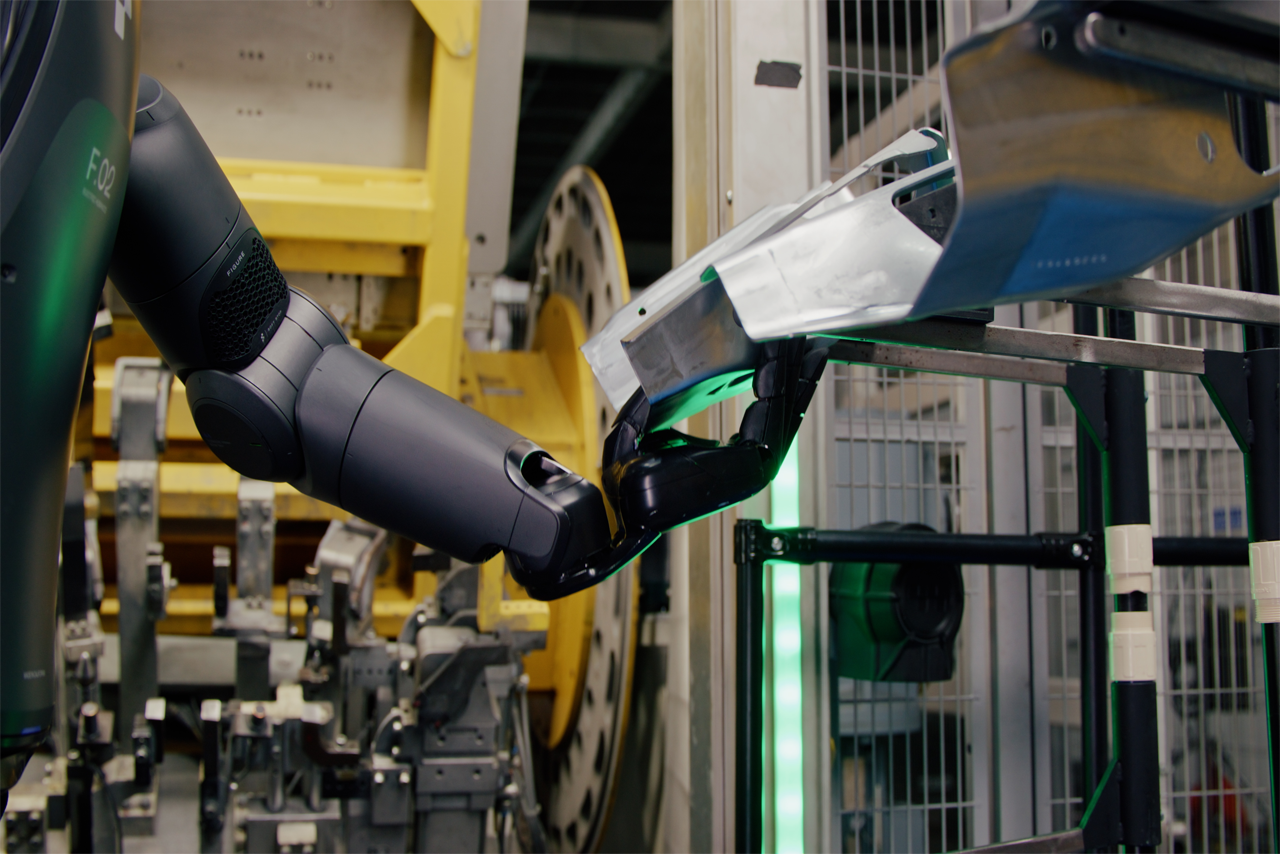In a bold declaration that has left both technologists and the general public buzzing, Elon Musk claims that humanoid robots could outnumber humans in the future. The billionaire entrepreneur, known for his ambitious ventures with companies like Tesla and SpaceX, has always been at the forefront of cutting-edge technological discourse. Now, with the surge in artificial intelligence and robotics, Musk foresees an astonishing era where robots might just invade our day-to-day lives in unprecedented numbers.
The Vision of a Robot-Populated World
In his latest assertions, Musk predicts a world where 10 billion humanoid robots will soon roam the Earth—outstripping the human population. This projection, while audacious, isn’t entirely implausible given the relentless pace of innovation in robotics. Recent advancements suggest that mass production of autonomous robots could be more feasible than ever before.
The Driving Forces Behind the Robot Boom
- Technological Advancements: Breakthroughs in AI, machine learning, and material sciences have significantly boosted the capabilities of humanoid robots.
- Cost Reduction: As technology improves, the production costs associated with sophisticated robotics are decreasing, making mass manufacturing a tangible possibility.
- Labor Market Dynamics: The shifting dynamics in the labor market, especially in sectors facing acute skill shortages, are paving the way for more robotic integration.
- Consumer Demand: An ever-increasing demand for automation in both personal and professional domains fuels the need for humanoid robots.
Humanoids: The Future of Workforce and Companionship
Elon Musk’s vision extends beyond mere numbers; he believes that humanoid robots will revolutionize both workplaces and households. The robotic workforce is expected to tackle mundane and dangerous tasks, improving efficiency and safety across industries. From healthcare to manufacturing, humanoids offer a unique combination of adaptability and precision that machines have traditionally lacked.
On the personal front, these robots are anticipated to serve as companions, helping with house chores, elderly care, and providing emotional support. While this concept may have once belonged solely to the realms of sci-fi, current trends suggest the impending reality of such coexistence.
Potential Challenges and Concerns
Although the prospect of a world teeming with humanoid robots paints a picture of futuristic marvel, it inevitably raises numerous challenges and ethical concerns:
- Job Displacement: Increased automation has long sparked debates on the potential displacement of human workers. As robots take over more tasks, the demand for certain human jobs may decline.
- Privacy and Security: The integration of humanoid robots in everyday life could pose significant risks concerning data privacy and cybersecurity.
- Ethical Implications: The idea of humanoids forming close relationships with humans invites questions regarding ethical treatment and the blurring lines between human and machine interaction.
- Regulation and Governance: Establishing robust legal frameworks to manage the production, deployment, and responsibilities of humanoid robots is a significant hurdle that societies must overcome.
The Path Forward: Embracing the Robot Era
While the benefits and challenges run parallel, the path to a balanced future involves the responsible design, deployment, and governance of humanoid robots. To harness the full potential of this technological revolution, stakeholders must align efforts across technological, ethical, and regulatory fronts.
A Collaborative Approach
Experts suggest a collaborative framework where technology developers, policymakers, and society work hand-in-hand to maximize the benefits and mitigate the risks associated with humanoid robots. Emphasis should be placed on:
- Inclusive Policy Making: Engage diverse groups in policy discussions to ensure equitable and ethical integration of robotic technology.
- Continuous Learning: Equip the workforce with the skills necessary to adapt to an automated future, including a focus on digital literacy and problem-solving.
- Ethical AI Development: Prioritize transparency and ethical considerations in AI and robotics to build public trust.
- Public Awareness: Educate society on the benefits and implications of humanoid technology to foster a well-informed public perspective.
In essence, the forecasted revolutionary landscape outlined by Elon Musk is more than a speculative vision; it is a call to action for societies worldwide. Humanoid robot proliferation encompasses a vast spectrum of potential that, if harnessed thoughtfully, could redefine the essence of human-robot convivencia.
As we stand on the brink of this imminent transformation, the narrative will be crafted not only by technological innovation but by our collective wisdom, choices, and the unwavering quest for a future where human and robotic intelligence harmoniously coexist.






